I meet a question that given a set of data points, I need to find two points that are most distant. In my setting, there is no coordinate for each point, only I can do is calculate the distance between two points with a specific distance metric (which satisfies all three axioms, identity of indiscernibles, symmetry, and triangle inequality).
I know if these points are in the plane, i.e. they have coordinates, then there are algorithms that are better than O(n^2) to find the two most distant points, for example this question How to find two most distant points?. But is there any algorithm better than O(n^2) that can solve my question?
Thanks!
